Does a volunteer medical placement in a rural community clinic in Lui village, Oku district, in the Anglophone, North West region of Cameroon Works in a clinic serving 20,000 from a cluster of villages.
In November 2007 Peter Hearn, a GP from Bournemouth, UK, made a volunteer trip through AidCamps International to work as a doctor in a rural health clinic.
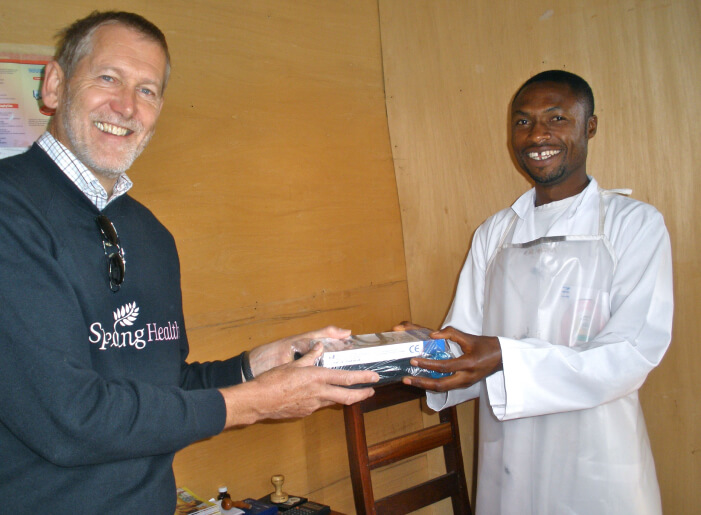
In the village of Lui, Oku sub-division in Cameroon, West Africa. Peter lived with a local village family, a great way of getting to know the villagers and their way of life. He enjoyed wonderful hospitality and friendliness throughout the village. There was a 'Welcome' ceremony, complete with traditional music and dancers and at the end of the placement there were speeches and gifts in a tropical rainstorm.
In this village he worked with nurses who usually ran the clinic alone. They had never had a doctor working there before. The clinic served the village and several surrounding ones with a total population said to be around 20,000, resulting in long queues every day.

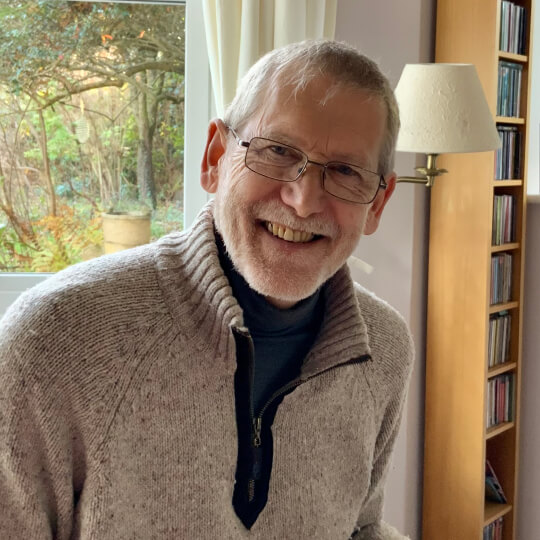
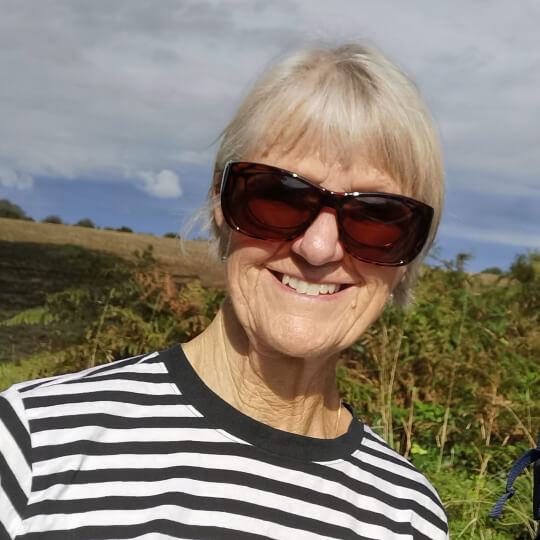

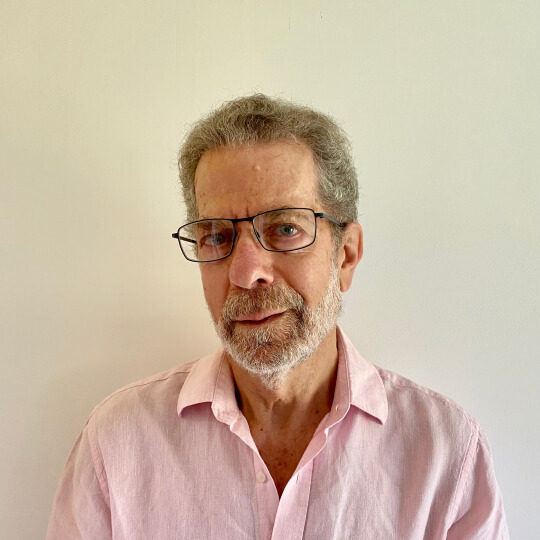









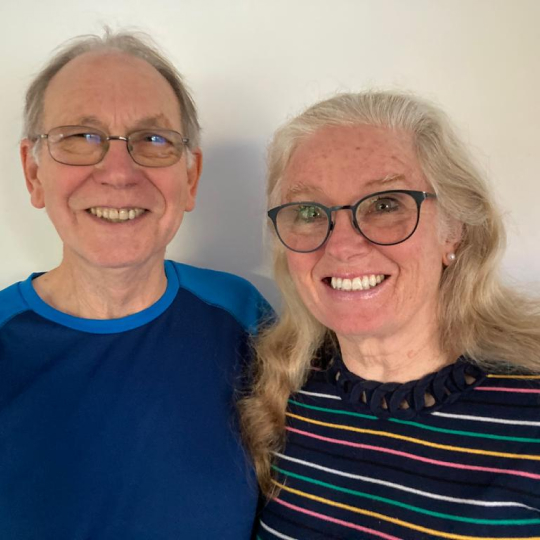
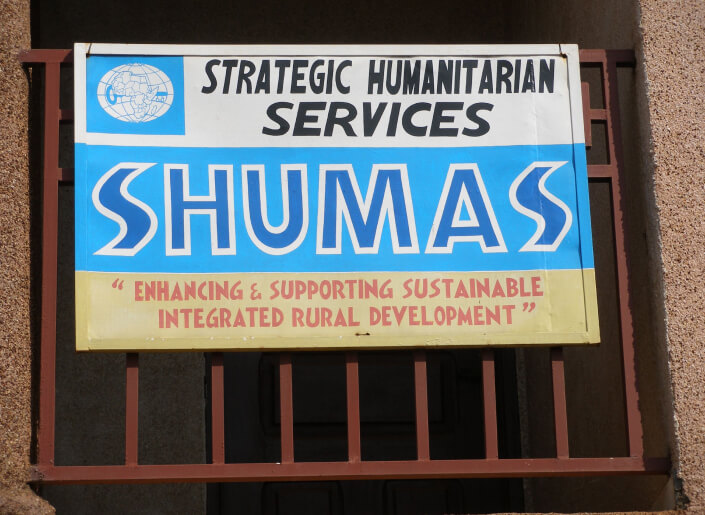
SHUMAS is a charitable and Development Non–Governmental Organisation (DNGO) involved in a wide range of development issues. The Government of Cameroon, per Authorisation number 1082/E.29/1111/VOL.7/APPB of 21st April 1997, recognised SHUMAS as a Development 'Not for Profit' NGO.
SHUMAS and her partners have been supporting the Cameroon Government’s Poverty Reduction Strategy. This includes, amongst others, the construction and equipping of rural schools, sustainable agriculture practices, environmental protection, health related issues etc.
To learn more please click to the SHUMAS web site
We aim to work in partnership with rural communities in the developing world who want to develop the health care in their villages.
UK Registered Charity Number: 1131624